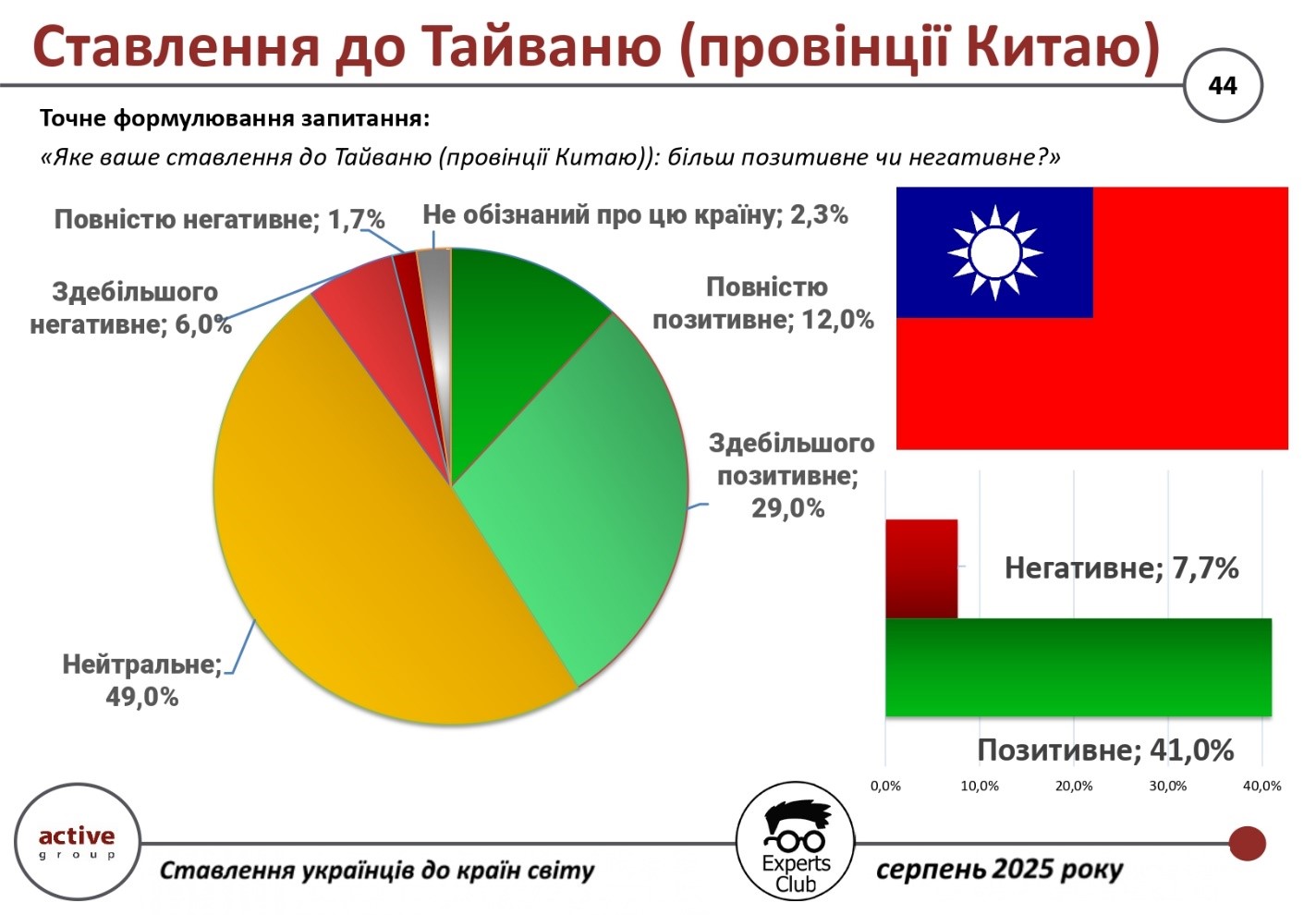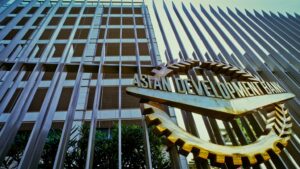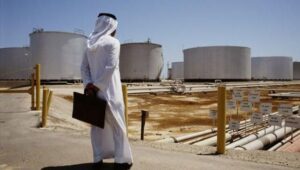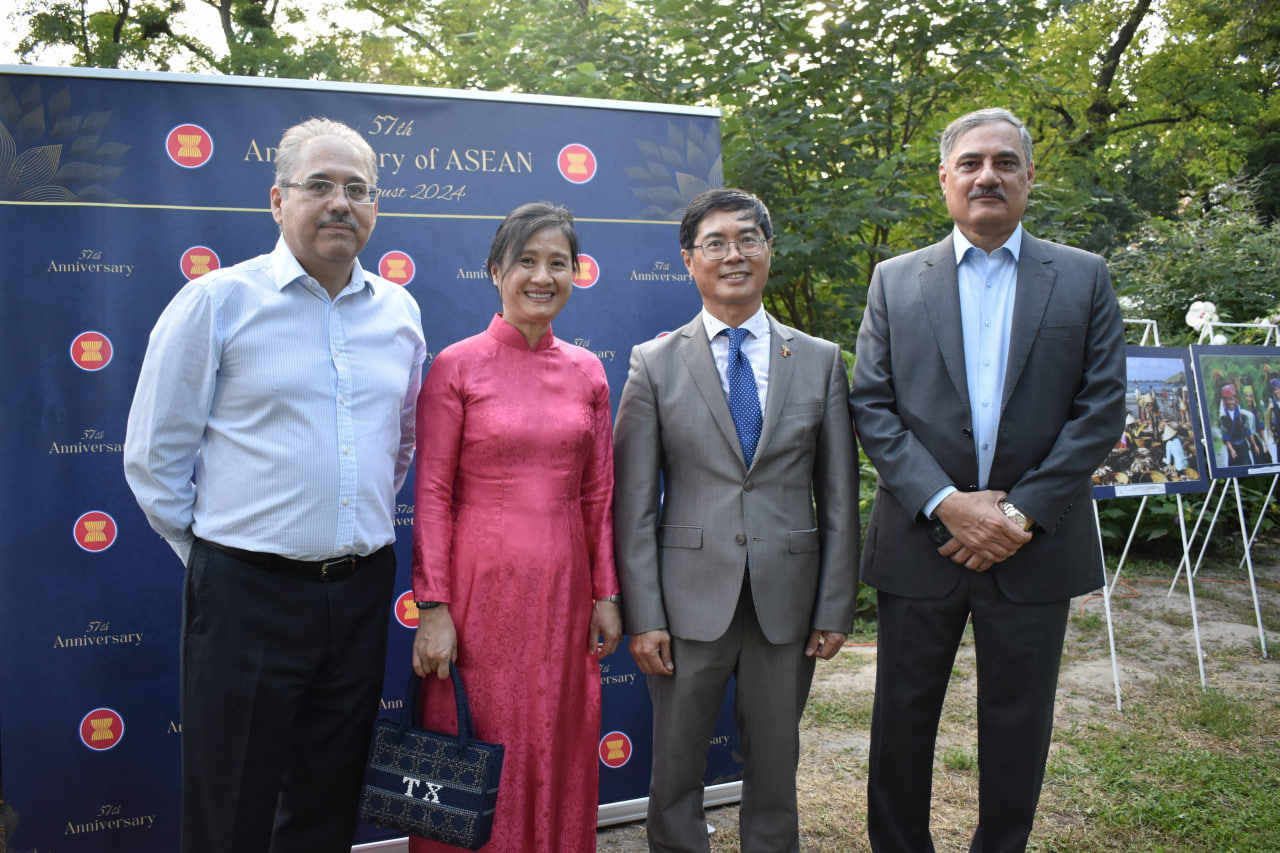
Against the backdrop of rapid growth in international gold prices, residents of a number of Asian countries really did rush to buy bullion — and in the first half of the day, stores sometimes closed by noon. Vietnamese people in a number of cities lined up at dawn when legislation finally abolished the state monopoly on gold trading.
Meanwhile, the price of gold has already surpassed $4,300 per ounce and continues to hit historic highs.
Growing expectations of a Fed interest rate cut and tensions in US-China relations have pushed investors toward “safe havens” — gold has become a safe asset. Against the backdrop of inflationary pressure and market volatility, the precious metal is once again in the spotlight for investors.
In Australia, at the peak of gold price growth, areas and rivers traditionally used by amateur gold miners (washing gold in river streams) are once again attracting attention. Some people are earning hundreds of dollars in just a few hours. This phenomenon is being covered by the media as a “gold renaissance” not only in the corporate sector, but also among mass investors.
Earlier, the Experts Club analytical center presented an analysis of the world’s leading gold-producing countries in its video on YouTube channel — https://youtube.com/shorts/DWbzJ1e2tJc?si=YuRnDiu7jtfUPBR9

The results of a study conducted by Active Group and Experts Club in August 2025 showed that Ukrainians generally have a favorable attitude toward Taiwan, although a significant portion of respondents remain neutral.
Thus, 41.0% of respondents expressed a positive attitude (12.0% – completely positive, 29.0% – mostly positive). Only 7.7% gave negative assessments, while almost half — 49.0% — took a neutral position, and 2.3% admitted to being insufficiently informed about this country.
“Taiwan is perceived quite evenly in Ukrainian society, without any strong emotions. At the same time, the positive significantly outweighs the negative, which indicates the general open attitude of Ukrainians towards this important player in the global economy,” said Alexander Pozniy, head of Active Group.

Maksim Urakin, founder of Experts Club, noted that there is a significant imbalance in trade and economic relations between Ukraine and Taiwan:
“According to the results of January-August 2025, trade turnover amounted to about $262.1 million. At the same time, exports from Ukraine amounted to only $8.8 million, while imports from Taiwan amounted to more than $253.3 million. As a result, the negative balance exceeded $244.6 million. This indicates the weak representation of Ukrainian goods on the Taiwanese market,” he said.
Thus, Taiwan occupies an important place in Ukraine’s foreign economic relations, but mainly as a supplier of high-tech goods.
The full video can be viewed at: https://www.youtube.com/watch?v=YgC9TPnMoMI&t
You can subscribe to the Experts Club YouTube channel here: https://www.youtube.com/@ExpertsClub
ACTIVE GROUP, ASIA, EXPERTS CLUB, Pozniy, SOCIOLOGY, TAIWAN, TRADE, UKRAINE, УРАКИН

Novokramatorsk Machine-Building Plant (NKMZ, Kramatorsk, Donetsk region) plans to increase production and sales by 81.5% in 2025 compared to 2024, to UAH 2.08 billion.
The relevant plans are contained in the company’s financial report for 2024, published in the NSSMC disclosure system.
“The company’s activities in 2025 will, with a high degree of probability, be limited. Based on these assumptions for 2025, production plans have been approved for 12,700 tons of machinery and equipment for the metallurgical, mining, construction, lifting, loading, and unloading industries, as well as spare parts,” the report says.
NKMZ notes that this year, the plant’s metallurgical production plans include the manufacture of 21.78 thousand tons of liquid steel, 120 tons of liquid pig iron, 1.1 thousand tons of steel castings, and 100 tons of pig iron, as well as 15.84 thousand tons of forgings.
“The development of projects for the promising further development of the enterprise, the formation of measures aimed at the successful operation of the enterprise, the creation of new equipment and research and development, the technical re-equipment and introduction of resource-saving technologies will begin after the end of the war in Ukraine,” the plant said.
At the same time, measures are planned for 2025 to conduct a supervisory audit of the quality management system by ISOaccelerator to confirm and extend the validity of the ISO 9001:2015 certificate.
The marketing strategy of PJSC NKMZ for the current year is to maintain and expand strategic market segments and increase its presence in Eastern, Central, and Western Europe, and Central Asia.
According to the report, in 2024, the main market segments for NKMZ PJSC products were Asia (54.4% of sales), Europe (24.9%), and Ukraine (17.9%).
In terms of total sales in monetary terms, 55.2% were rolling rolls, 18.1% were metallurgical and rolling equipment, 7.3% were mining and ore equipment, and other equipment accounted for 19.4%.
Investments in production development last year amounted to UAH 28.15 million.
As reported, in 2024, NKMZ’s net income increased 3.2 times compared to the previous year, reaching UAH 1 billion 146 million, with exports to European and Asian countries accounting for UAH 941.3 million (82%). Net profit amounted to UAH 36.33 million (in 2023, the company reported a loss of UAH 856.93 million).
At the same time, in 2024, Slovakia, Lithuania, Egypt, and Luxembourg joined Uzbekistan, Kazakhstan (where exports fell 12.3 times over the year), and India (where exports grew 31 times) as the largest importers of NKMZ products. Supplies within Ukraine increased 5.2 times to UAH 204.6 million.
NKMZ, whose capacity was forced to be mothballed with the start of the full-scale military invasion of Ukraine by the Russian Federation, began to partially resume operations in October 2023.
NKMZ is a city-forming enterprise in Kramatorsk, the largest in Ukraine in the production of rolling, metallurgical, forging and pressing, hydraulic, mining, lifting and transport, hydraulic and railway equipment.
Before the war in 2021, the company’s net income exceeded UAH 6 billion.
At the beginning of 2023, the average number of employees exceeded 7,200, and at the beginning of 2025, it was 5,660.
ASIA, EUROPE, EXPORT, NKMZ, PRODUCTION

The Asian Development Bank (ADB) has lowered its economic growth forecast for developing countries in the Asia-Pacific region in 2025 to 4.7% from the 4.9% expected in April.
The GDP growth estimate for next year has been lowered to 4.6% from 4.7%.
“The downward revision reflects expectations of weaker exports amid higher US import tariffs and global trade uncertainty, as well as weaker domestic demand,” the ADB said in a report.
The outlook for the Asia-Pacific region could be further undermined by escalating US tariffs and trade tensions, experts say. Other risks include conflicts and geopolitical tensions that could disrupt global supply chains and lead to higher energy prices, as well as a more serious than expected deterioration in China’s real estate market.
“The economic outlook has deteriorated amid rising risks and global uncertainty,” said Albert Park, chief economist at the ADB. “Economies in the region should continue to strengthen their fundamentals and promote open trade and regional integration to support investment, employment, and growth.”
Inflation in developing Asia-Pacific countries is projected to continue slowing amid lower oil prices and high agricultural production, which will ease pressure on food prices. The ADB forecasts inflation at 2% this year and 2.1% in 2026, compared with April estimates of 2.3% and 2.2%, respectively.
The bank’s analysts still expect China’s GDP to grow by 4.7% in 2025 and 4.3% next year. Inflation this year is expected to be 0.2% (in April it was predicted to be 0.4%), and in 2026 – 0.4% (0.7%).
South Korea’s economy will grow by 0.8% this year, while previously a 1.5% increase was expected. The growth estimate for 2026 has been lowered to 1.6% from 1.9%.
India’s GDP is forecast to grow by 6.5% this year and 6.7% next year. The previous forecast predicted growth of 6.7% and 6.8%, respectively.
The ADB still expects Indonesia’s economy to grow by 5% in 2025 and 5.1% in 2026.
The ADB was established in 1966. Its shareholders are 69 countries, 49 of which are located in the Asian region.
The bank considers 46 of these countries to be developing Asian countries.

In May, Saudi Arabia will reduce prices for all grades of oil for Asian buyers by $2.3 per barrel – the maximum since October 2022.
As a result, the main grade supplied to Asia – Arab Light – will fall to its lowest price in 4 months. It will cost $1.2 more than the Oman/Dubai oil basket, state-owned Saudi Aramco said in a statement. Prices for all oil grades for the U.S. will be reduced by $0.2 per barrel, for buyers from Northwest Europe and the Mediterranean – by $0.5 per barrel.

A solemn ceremony to mark ASEAN Day, which brought together diplomatic missions of Southeast Asian countries, Ukrainian officials and guests, took place in the Indonesian Park at the Hryshko National Botanical Garden in Kyiv.
“ASEAN started as an organization of five countries and gradually expanded its ranks to include Vietnam, Laos and Cambodia. Today, thanks to our unity, we continue to promote peace and stability in the region. The value of good relations with neighbors has been known since ancient times… Although ASEAN has not yet reached the level of cohesion as the European Union, we believe that our association is the best form of unification to address regional challenges,” said Nguyen Hong Thac, Ambassador of Vietnam to Ukraine.

In his turn, Ambassador of Indonesia to Ukraine Arif Muhammad Basalama noted that ASEAN has made significant progress in promoting economic growth, cultural exchange and political stability over 57 years. “Our unity allows us to overcome challenges and seize opportunities to improve the lives of our peoples. In the spirit of ‘One Vision, One Identity, One Community’, we look forward to deepening our partnership with Ukraine,” the diplomat added.
The Association of Southeast Asian Nations (ASEAN) was founded on August 8, 1967, in Bangkok by the five founding members: Indonesia, Malaysia, the Philippines, Singapore and Thailand. The main goal of the organization is to promote economic growth, cultural exchange, political stability and regional cooperation.

Today, ASEAN has ten member states, including Brunei, Cambodia, Laos, Myanmar, Thailand, and Vietnam. Through cooperation and integration, the organization continues to develop, advocating for peace and stability in the region.
Arif Muhammad Basalama, ASEAN, ASIA, INDONESIA, Nguyen Hong Thac, VIETNAM